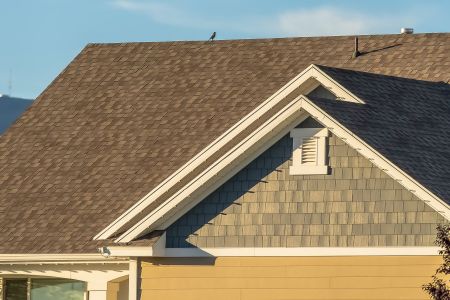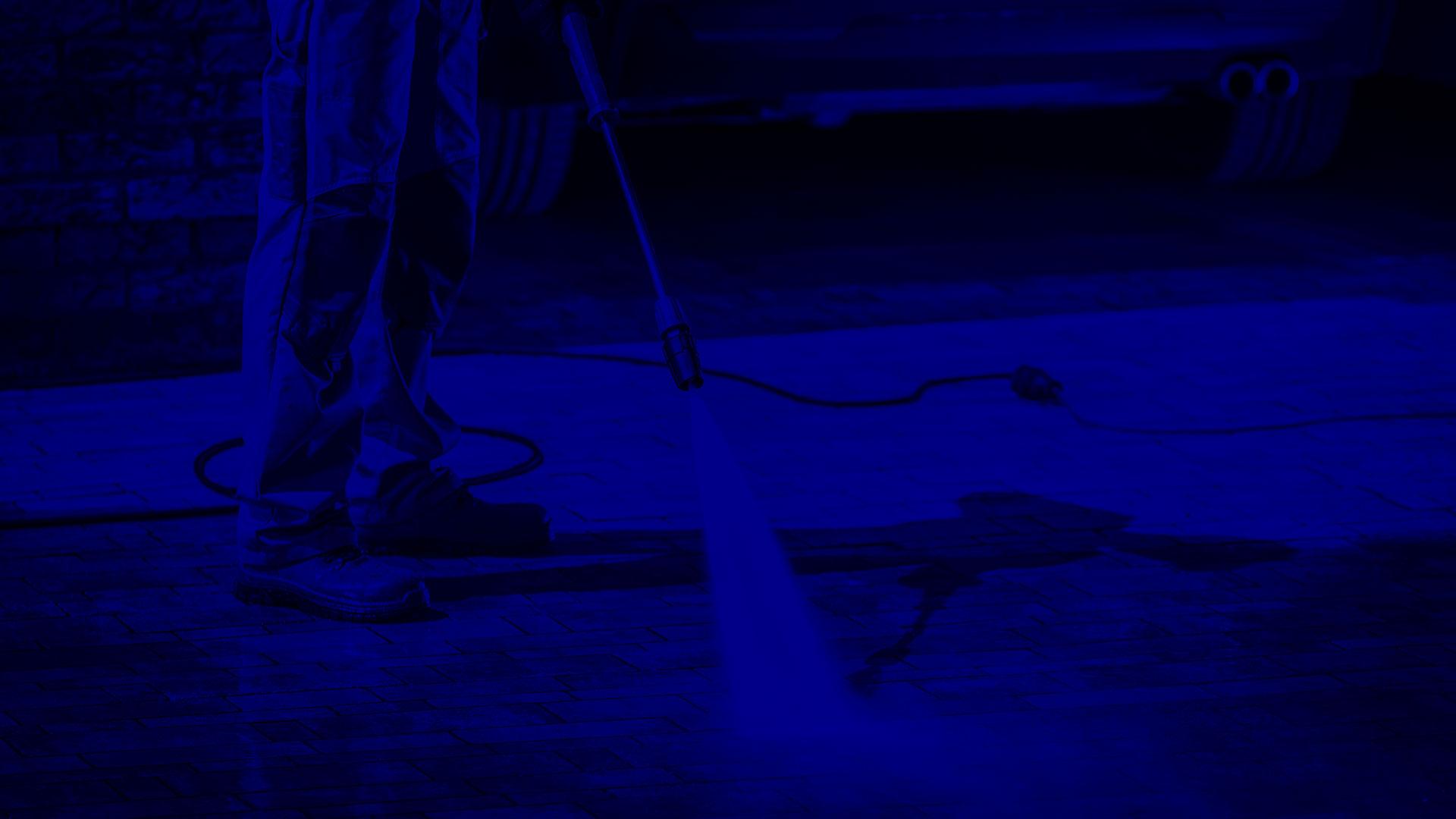How Often Should I Schedule Roof Cleaning in Humid South Louisiana?

In Thibodaux, humidity and frequent rain invite algae, mildew, and grime to settle on shingles fast. As a homeowner, your best defense is routine soft wash roof cleaning that keeps stains from digging in and protects your roof from premature wear. This guide explains how often to clean, why timing matters in our Gulf climate, and what to watch for around your home near Bayou Lafourche and the Nicholls State University area.
Let’s set a clear baseline. For many homes, a practical cadence is every 12 to 18 months. Your exact schedule depends on roof type, shade, storm exposure, and what you’ve dealt with before. Book too late and stains can spread across slopes; book on time and you’ll help the roof shed water properly while preserving curb appeal for years.
Roof cleaning in Thibodaux, LA: how humidity changes the timeline
South Louisiana’s warm, damp air feeds the dark streaks you see on shingles. That discoloration often comes from blue‑green algae that thrive when surfaces stay moist. Heavy shade from live oaks or long afternoons of sprinkler overspray can keep a roof wet longer, which speeds up growth. During hurricane season, wind‑driven rain pushes organic debris under laps and against vents. All of this accelerates buildup and shortens the time between professional cleanings.
- Homes with deep shade on north and east slopes typically need cleaning more often than homes in full sun.
- Roofs downwind of trees or near the bayou see more pollen and debris, which creates a food source for algae.
- After active storm years, roofs may need attention sooner because moisture lingers and spores spread.
- Algae‑resistant shingles can slow regrowth, but they still benefit from periodic soft washing.
For more on the method behind safe cleaning, compare approaches in this local read on soft wash vs pressure wash.
Suggested schedule by roof type
Asphalt shingle roofs
Asphalt shingles are common across Thibodaux neighborhoods. Their textured surface can hold fine dust and organic matter, which feeds streaking. Most shingle roofs benefit from a professional soft wash about once a year, and sometimes every 18 months if the home has abundant sun and minimal tree cover. Never use high pressure on shingles, since it can dislodge protective granules and shorten roof life.
Metal roofs
Painted and standing‑seam metal sheds water well, so organic growth tends to be patchy. A soft wash every 18 to 24 months often keeps a metal roof looking uniform. Watch for shaded sections near dormers and where limbs overhang. If you see streaks in those zones, move your next cleaning up on the calendar.
Tile and specialty roofs
Concrete or clay tile, synthetic slate, and other specialty materials can be porous or textured. They hold fine particles in tiny crevices, particularly where moss tries to start. Plan on a gentle, solution‑based cleaning roughly every 12 to 24 months based on shade and debris exposure. A trained pro will set the right approach so coatings and fasteners are protected.
Six signs it’s time to book sooner
- Dark streaks are visible from the street and creeping down multiple slopes.
- Green film or lichen shows up on the shaded side near trees or dormers.
- Gutters overflow with grit and leaves, keeping roof edges wet longer.
- You notice musty smells in the attic after heavy rains.
- Overspray from irrigation keeps a section of roof damp most afternoons.
- You had a busy storm season with wind‑blown debris on the roof.
Why soft washing matters in our climate
High pressure can scar surfaces and push water under laps. Soft washing uses low pressure with a targeted cleaning solution to lift and rinse away organic buildup. That means a more even, clean, and a roof that looks good longer between appointments. If you want to dive deeper into how cleaning supports long‑term care, see this post on how routine service helps prevent property damage.
Seasonal timing that works in Thibodaux
Spring and fall are popular windows because temperatures are moderate and weather patterns are steadier. Cleaning after oak pollen and before the heart of hurricane season helps you start summer with a roof that sheds water cleanly. A second ideal window is late fall once leaves are down. That clears the deck for winter fronts without a film of grime holding moisture on the surface.
If you recently replaced landscaping or added a backyard oak, adjust your cadence. New shade often means more frequent treatments. Likewise, if you removed a tree or upgraded to algae‑resistant shingles, you may be able to stretch your interval slightly. The goal is simple: keep organic growth from gaining a foothold so your roof lasts longer.
How your property setup affects frequency
Even two houses on the same street can need different cleaning schedules. The small details are what change the plan:
Shaded valleys and north slopes need extra attention. They stay wet longest, which lets algae spread faster. Homes close to canals or the bayou see more airborne spores and need more frequent service. And homes with steep pitches may show streaks sooner because runoff channels streaking into visible lines.
If you are new to the area or just moved near campus, a simple rule of thumb helps: schedule your first cleaning now, then monitor how long it takes for light streaks to return. Use that interval for your next appointment. Over time, most owners settle into a rhythm that fits their block, tree cover, and roof type.
What to expect from a professional roof cleaning
Quality pros begin with a visual assessment from the ground, then apply a measured, low‑pressure solution across the roof to break down organic film. Rinsing is gentle and controlled so shingles, flashing, and garden beds are protected. You stay off the roof, and your plants get a quick post‑service rinse for peace of mind. Hire a trained soft washing pro to ensure methods align with material warranties and local conditions.
When you book with Power Washing Pros LLC, you also get local experience with our south Louisiana weather. We know how shade from live oaks near LA‑1 and LA‑308 changes roof conditions, and we plan service windows accordingly. If you want a cleaner that lasts and a roof that looks even from curb to ridge, schedule professional roof cleaning on a routine cadence.
Putting it all together: a simple plan
Most Thibodaux homeowners do well with a 12 to 18 month cleaning cycle, adjusted by shade and weather. If streaks show earlier, set the next visit sooner. If your roof stays clear longer, stretch the interval a bit. The key is consistency. It protects home value, helps shingles shed water, and keeps the house clean, bright, and noticeable down your block.
If you are comparing service options or want to understand methods better, this breakdown of soft wash vs pressure wash explains why low pressure is the right call for roofs in our humid climate. For a whole‑home refresh, your cleaner can bundle roof, gutters, and siding so surfaces work together to resist grime.
When you need a quick reference or want to connect with a trusted local team, bookmark this page and our home for roof cleaning in Thibodaux, LA. A consistent routine is the simplest way to avoid streaks and protect your biggest investment.
Ready when you are
Have you noticed new streaks or more shade over the driveway side of your roof? Call Power Washing Pros LLC today at 985-217-6594 and we will help you set the right cadence for your home. If you are ready to get on the schedule, you can schedule your roof cleaning with a quick call or message and we will take it from there.

Call The Thibodaux Pressure Washing Professional To Handle Your Dirt & Grime Today!